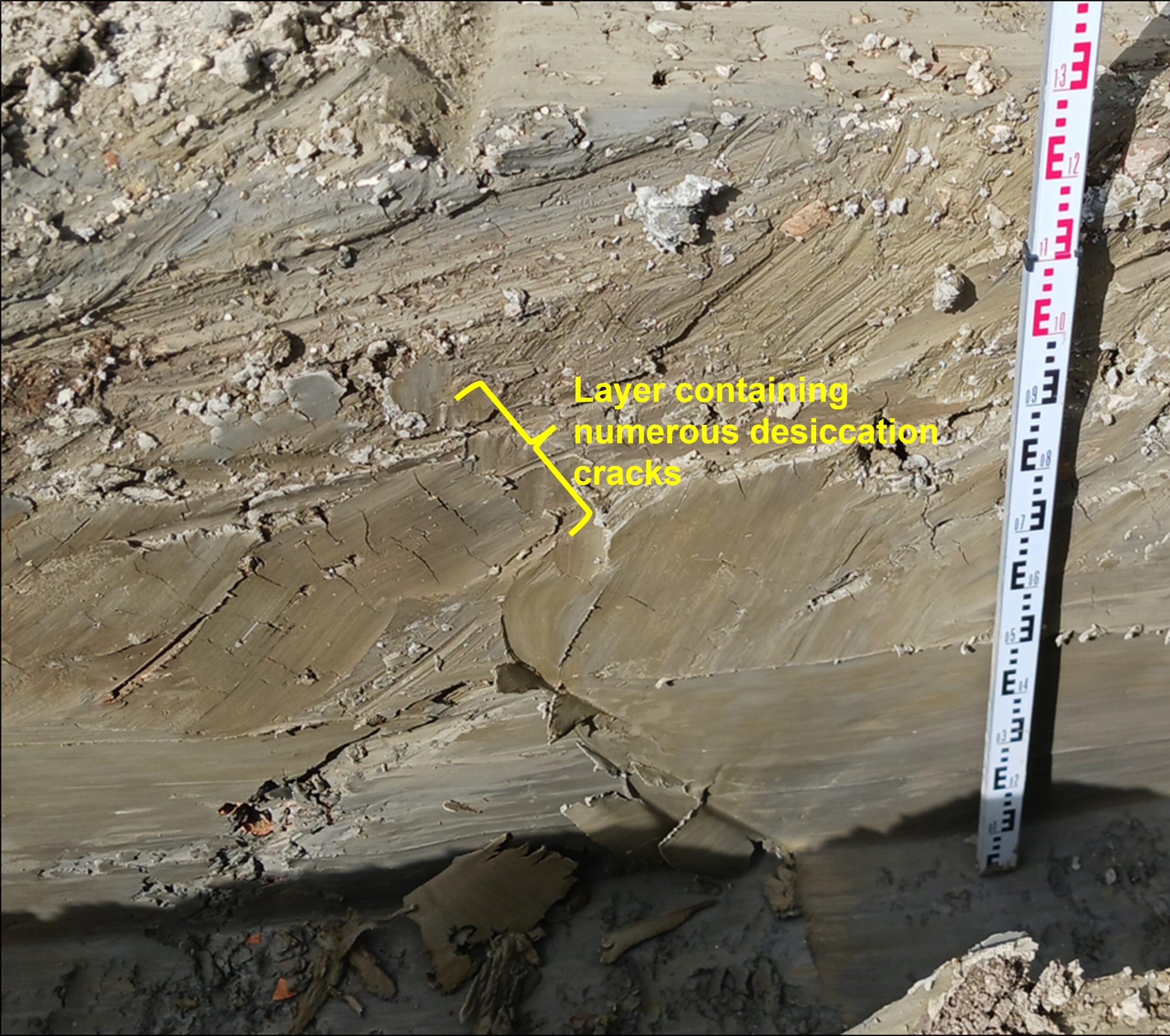During the summer of 2022, the country experienced record-breaking temperatures, with some areas seeing temperatures of up to 40°C and followed a similar pattern of weather in 2019. These high temperatures can have a significant effect on soil, leading to impacts on foundations, floor slabs, and pavements.
The effect of high and prolonged temperatures is most evident on soils with a high clay content, known as shrinkable soils. These soils contain water, however during dry periods, such as the summer months, these soils can lose moisture leading to shrinkage, which is known as seasonal desiccation.
The susceptibility of soils to shrinkage is based on the plasticity index, with soils typically classified as being non-plastic (such as sand) and of low, medium or high volume change potential. Soils of low volume change potential are less vulnerable to shrinkage, while those of high volume change potential are more vulnerable to shrinkage.
Where foundations are constructed on shrinkable soils, they need to be located so that they are deeper than the potential zone of desiccation, so that subsidence does not occur if the soils dry out. Care also needs to be taken during construction to make sure that foundation excavations are not left open for too long so that the soils dry out at a deeper depth than normal.
The impact of desiccated soils is not limited to the summer, as over winter and spring the dry soils will re-hydrate causing the clay to swell. This results in heave and can cause foundations and floor slabs to crack and break. Heave can be mitigated by compressible boards for foundations and cast in-situ suspended floor slabs or use of voided beam and block floors.
To limit the impact of shrinkable soils, minimum foundation depths are set in guidance such as the NHBC standards. These range from 0.45m for non-plastic soils (such as sand) through 0.75m (low), 0.9m (medium) to 1.0m (high). However, with evidence suggesting that we are getting longer and hotter summers and more frequent extreme temperatures, will these depths hold up in the future?
The depths cited above are recommended minimums and need to be deepened if evidence of deeper desiccation is observed. A good ground investigation by a competent company will help to determine if the soils are potentially desiccated, but this is often dependent on the time of year the ground investigation was undertaken. However, summer is a good time to build which is why vigilance during the construction phase is also necessary.
GRM can provide ground investigation, foundation design and site inspection services which can help manage the risks posed by seasonal desiccation, the rectification of which can be very costly. If you have any development or construction projects, then please get in touch to find out how we can help save both time and costs. Please use your main point of contact at GRM or for new enquiries email richard.upton@grm-uk.com or call 01283 551249.


